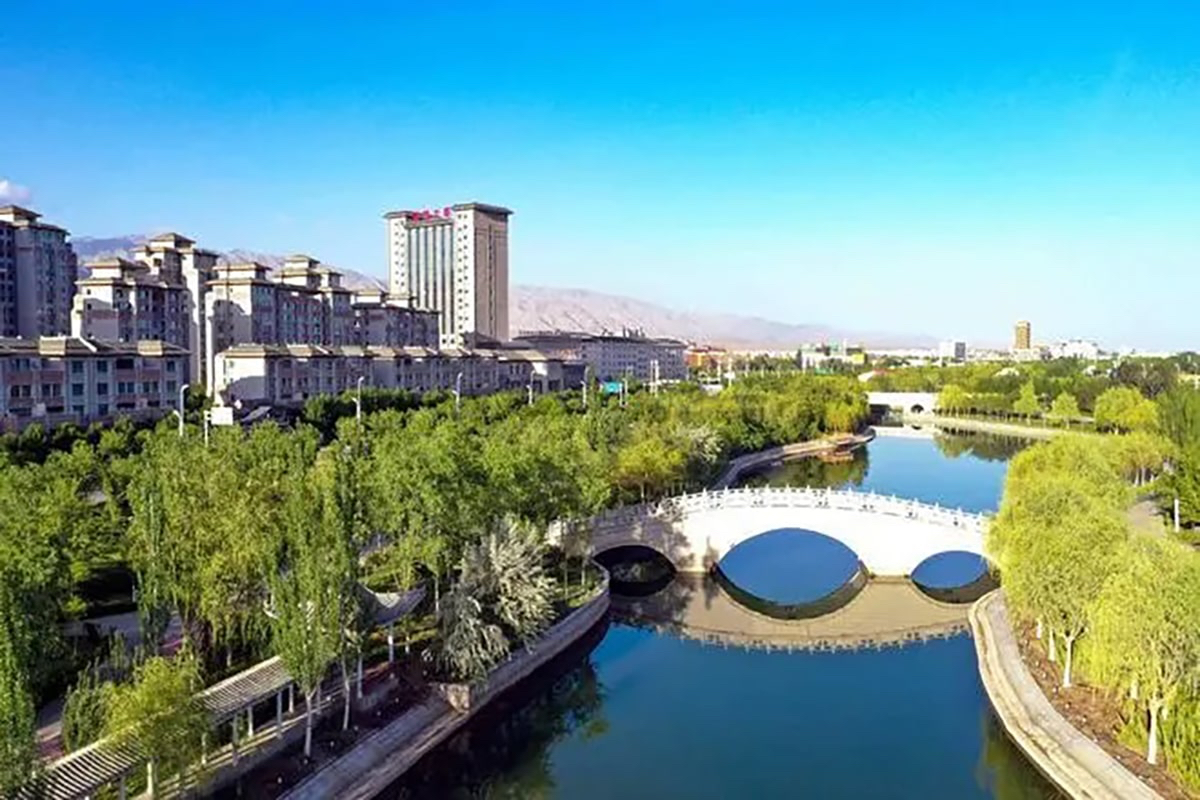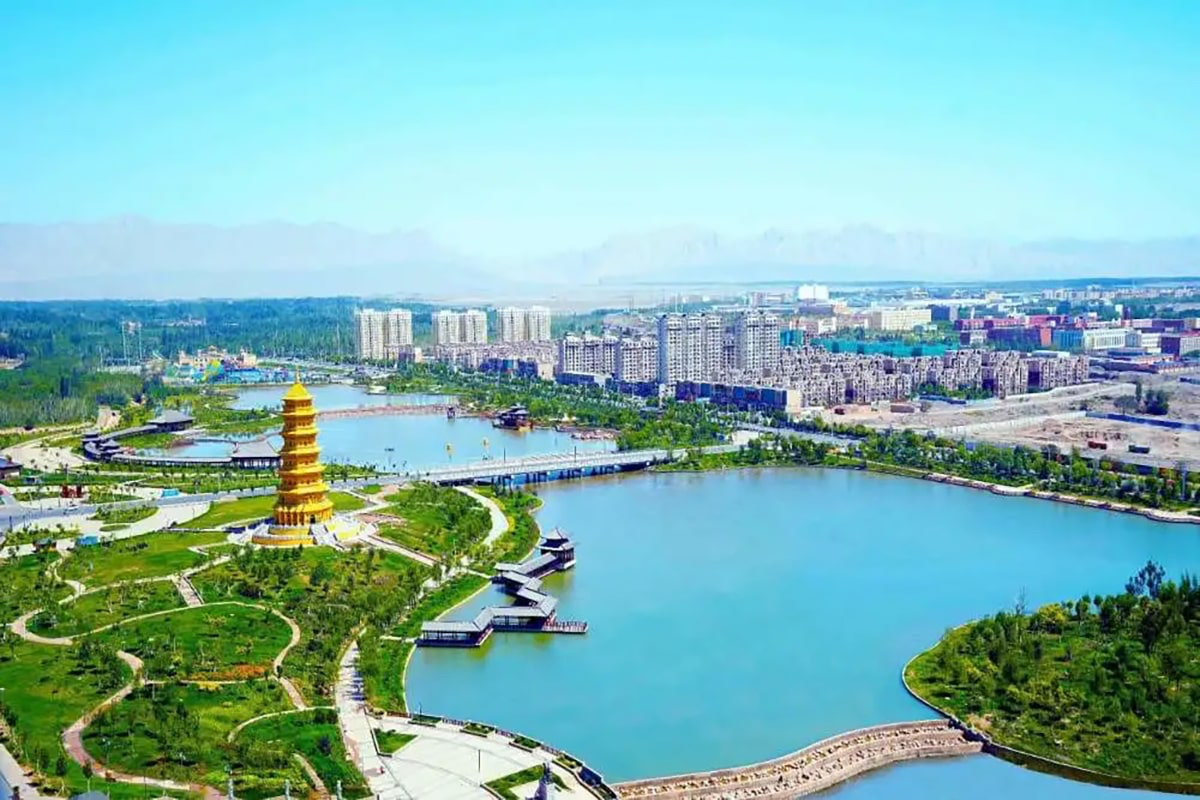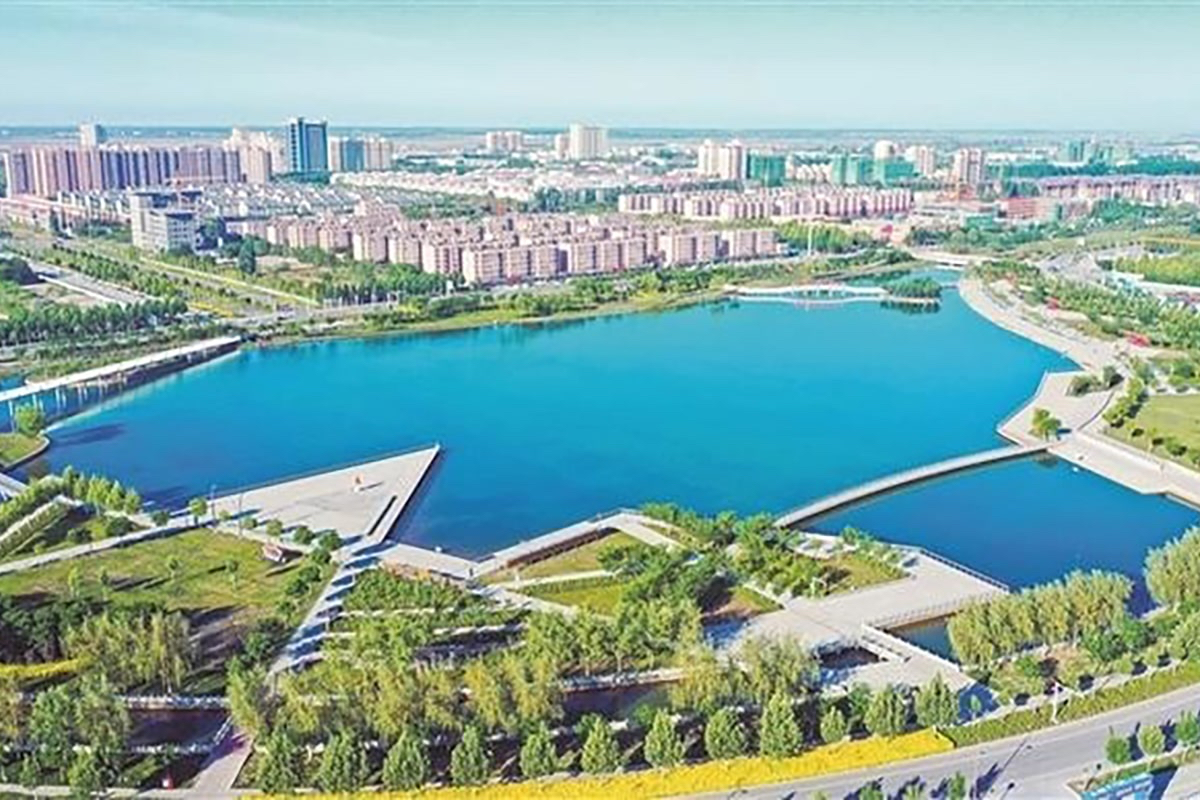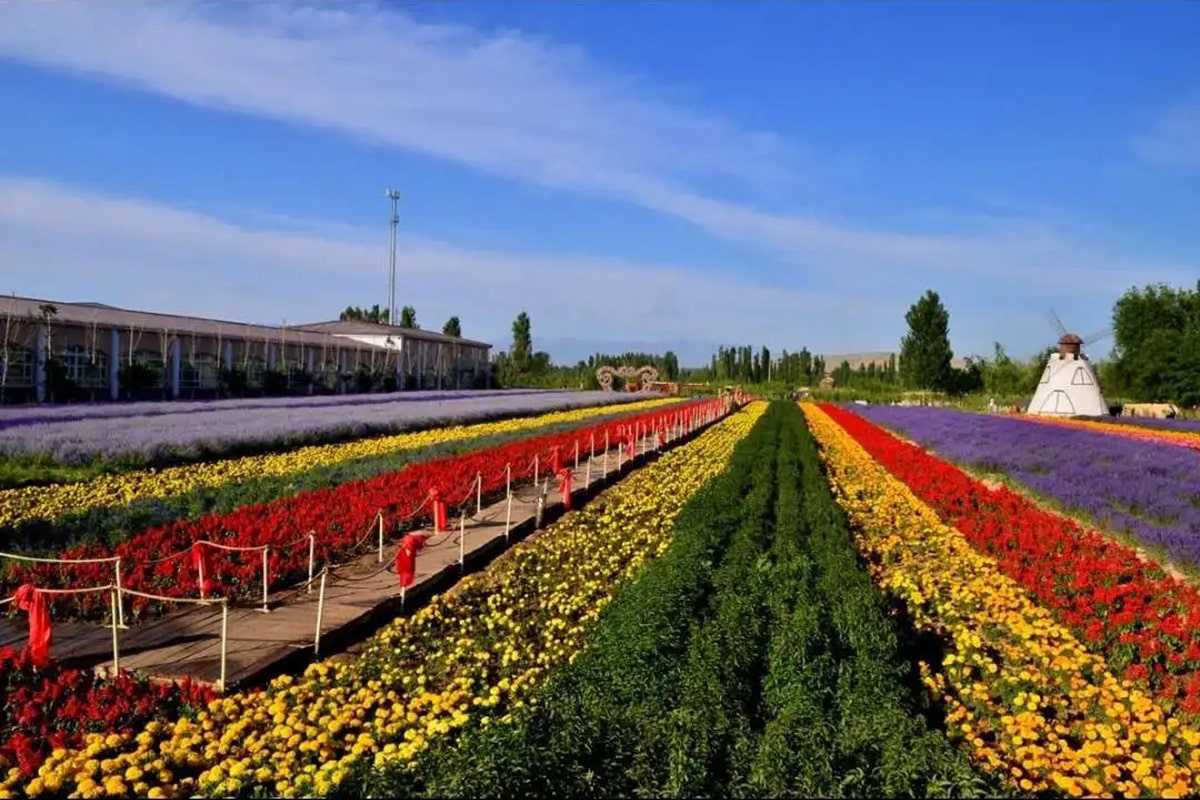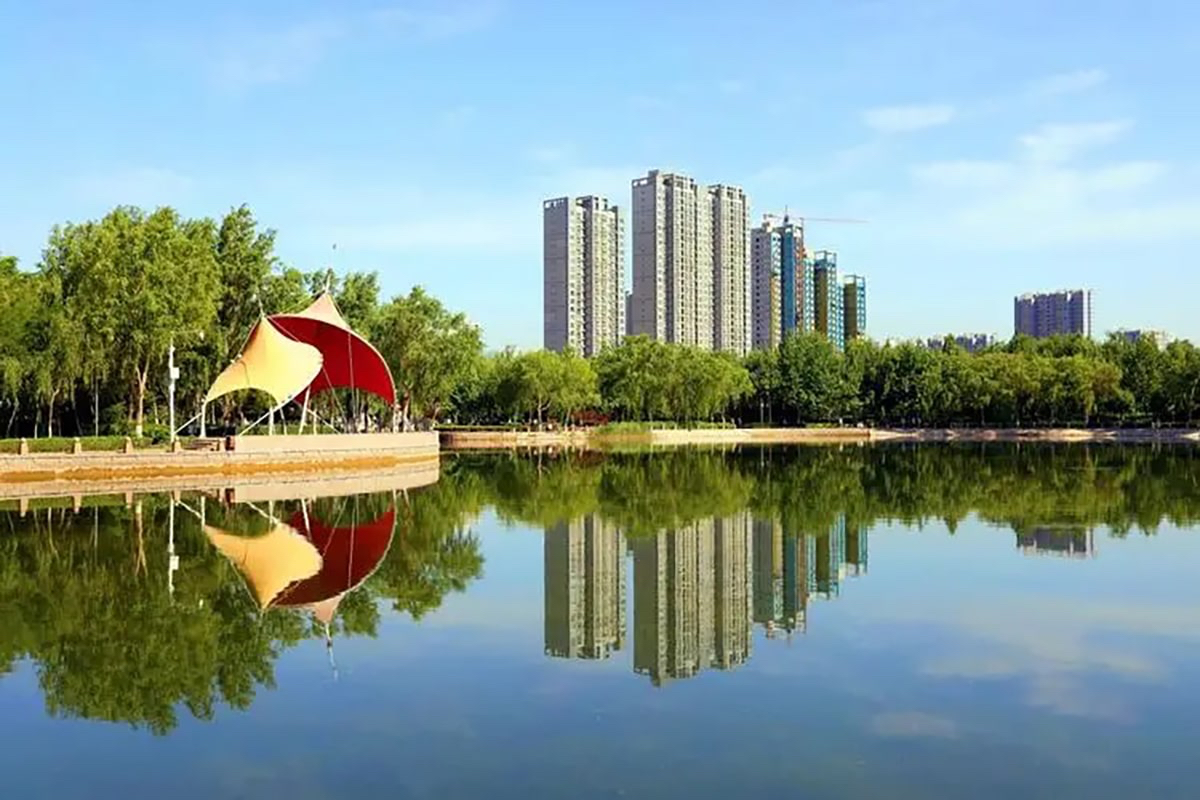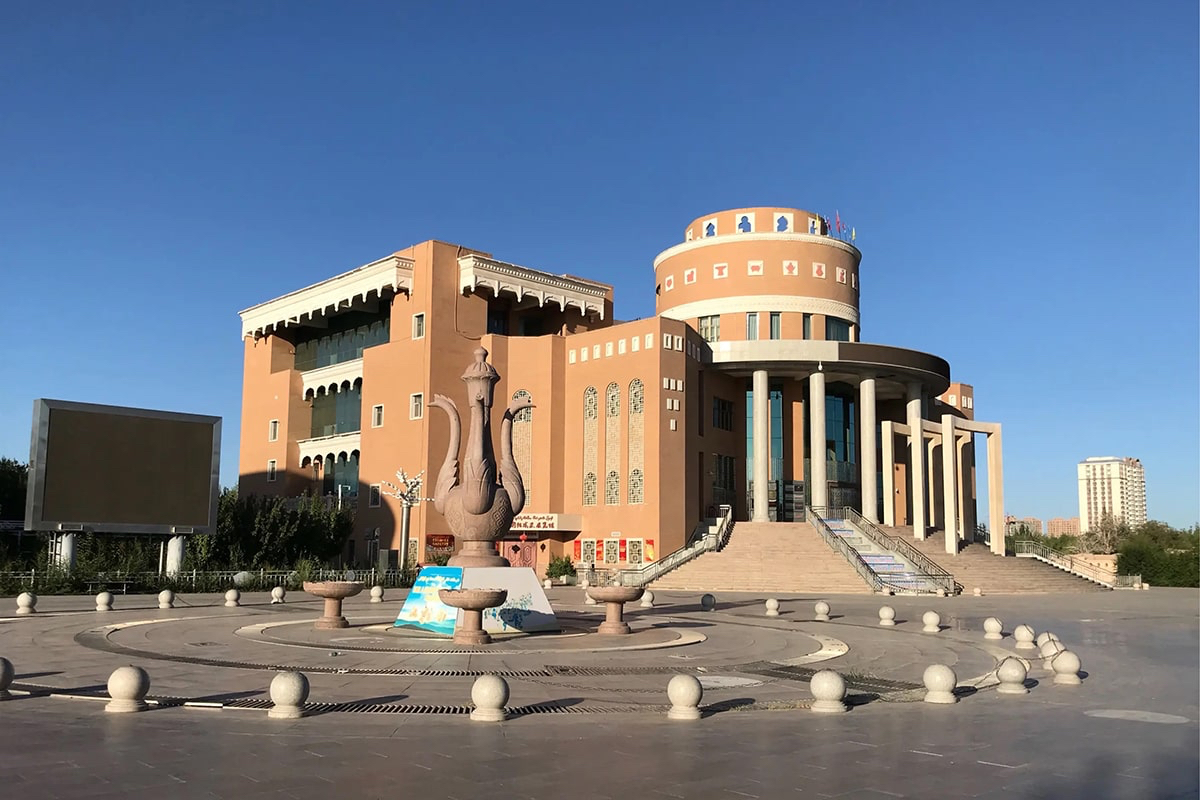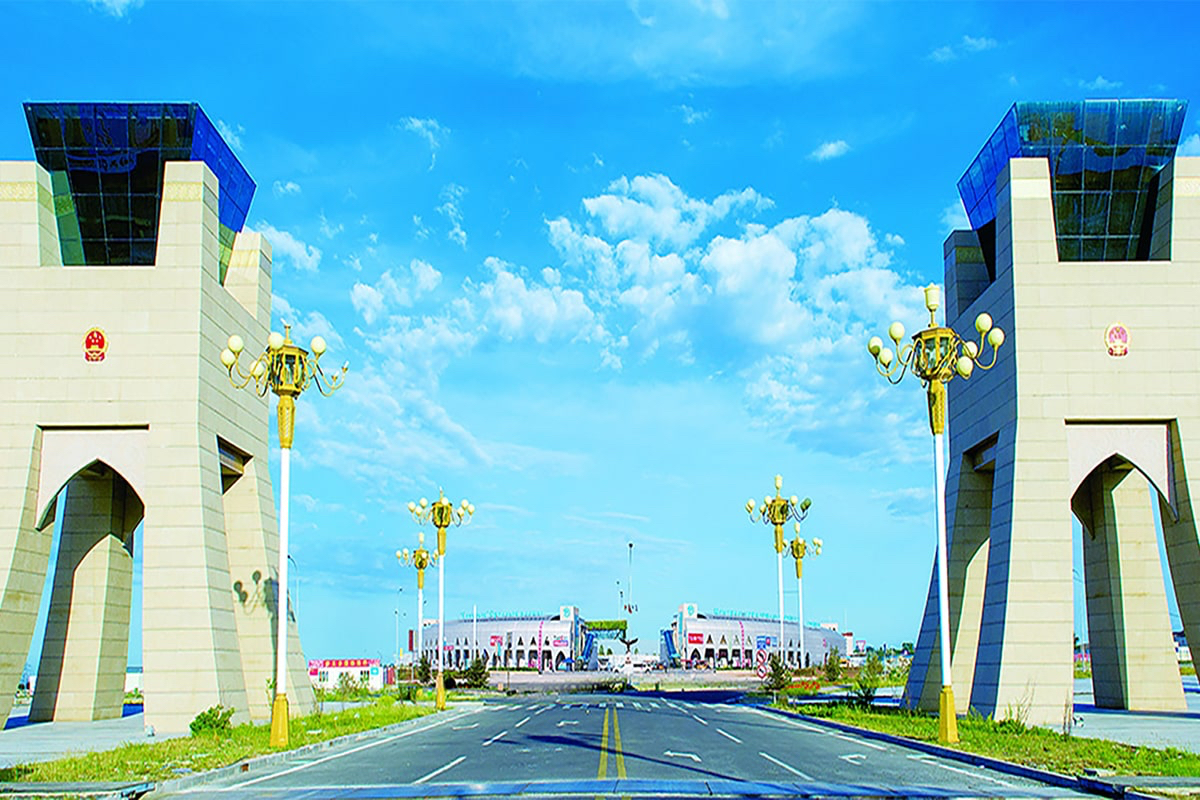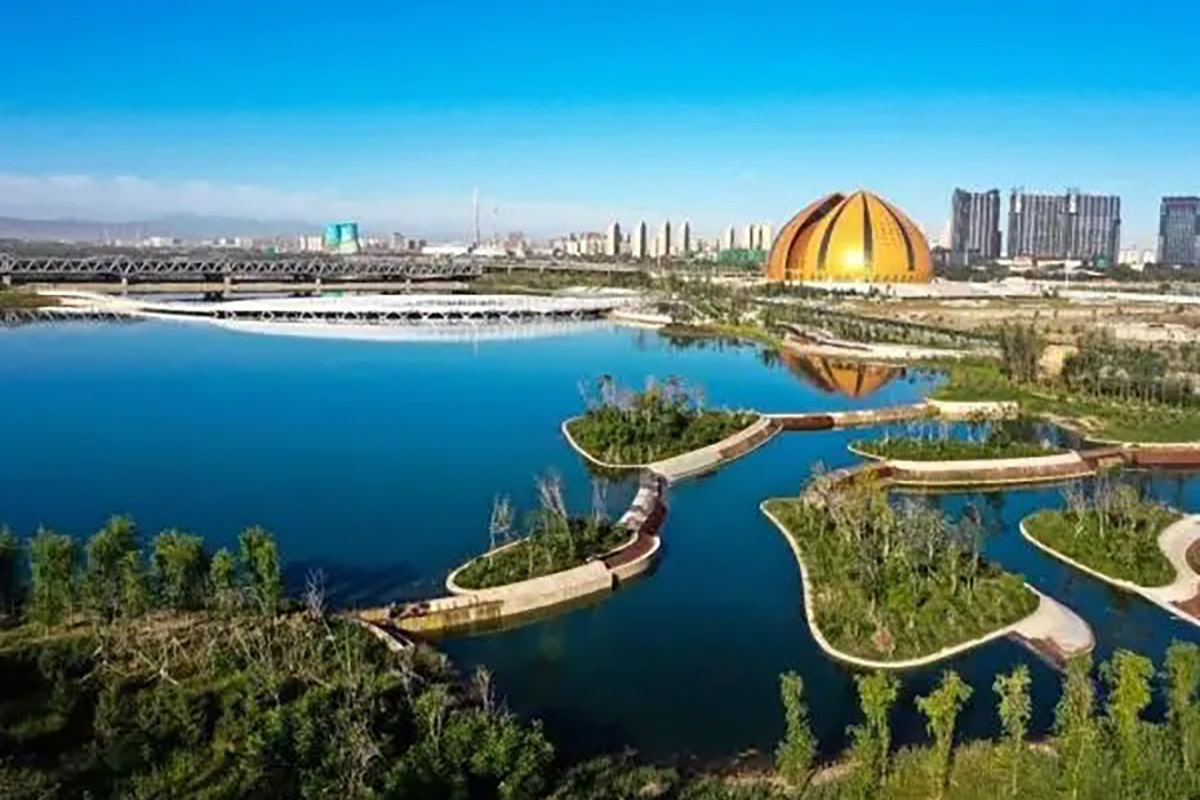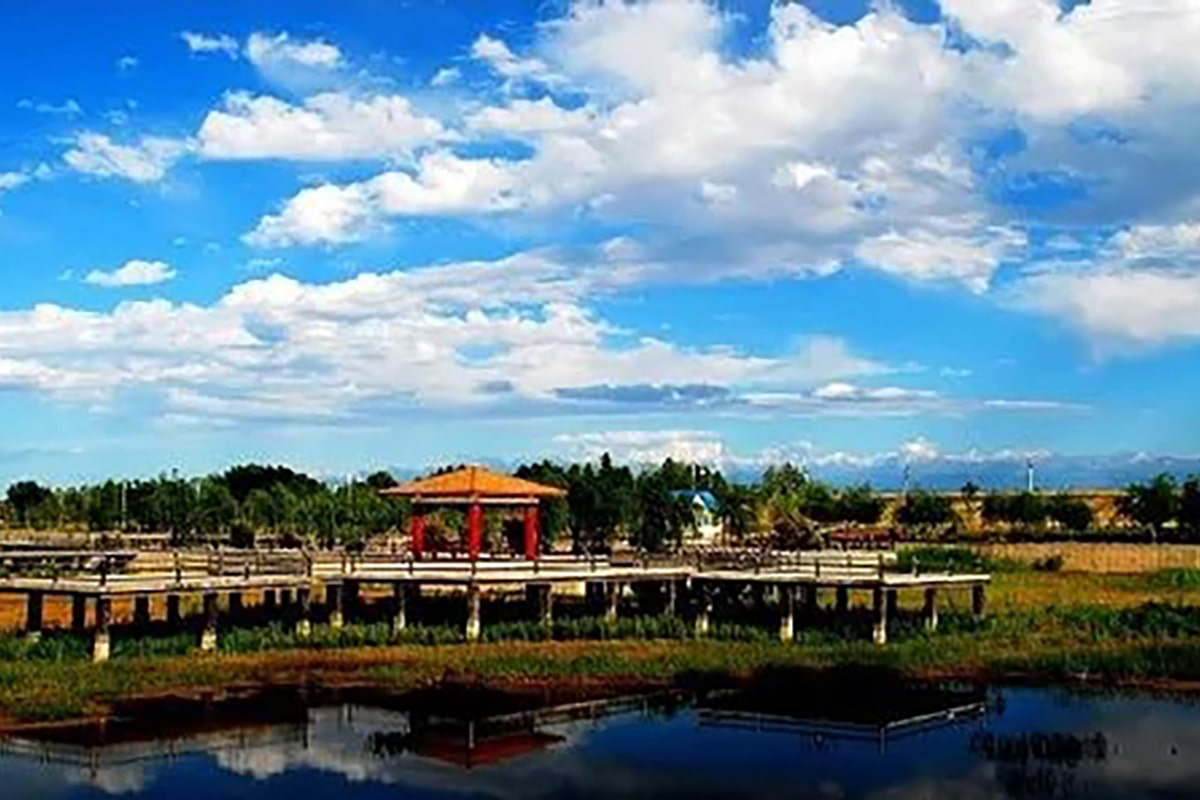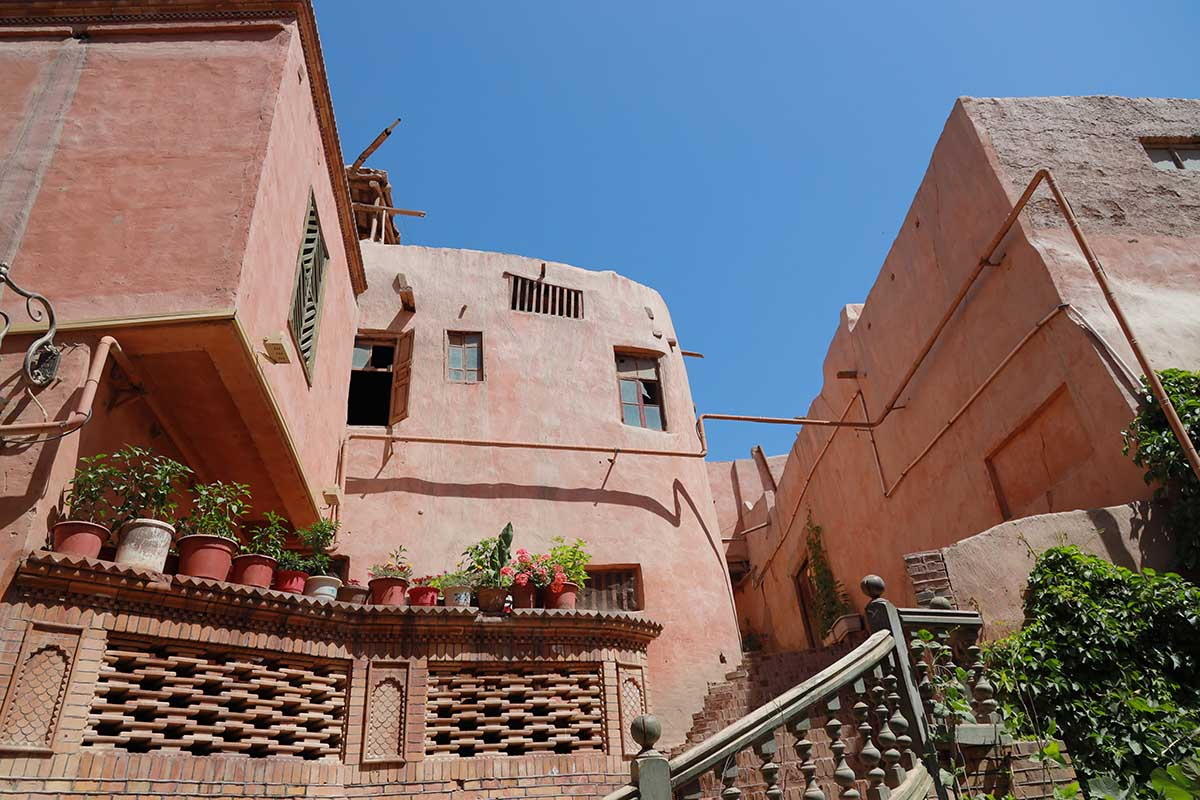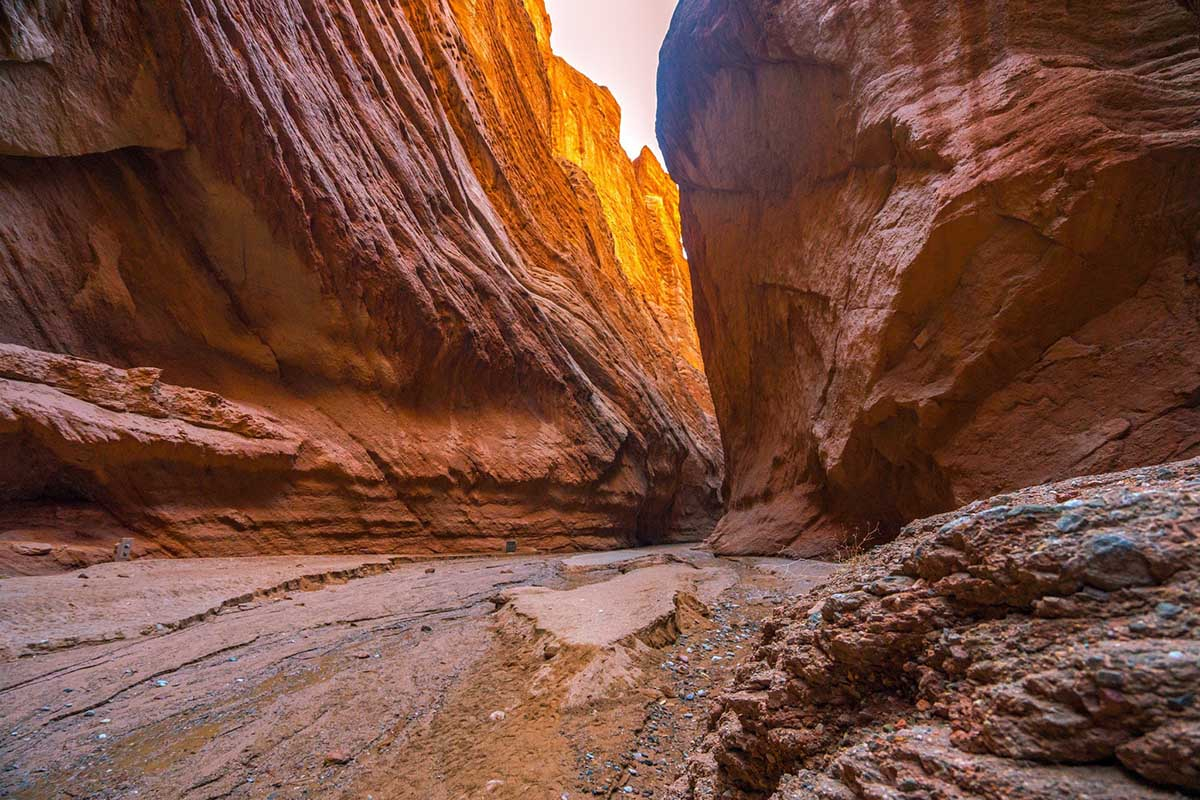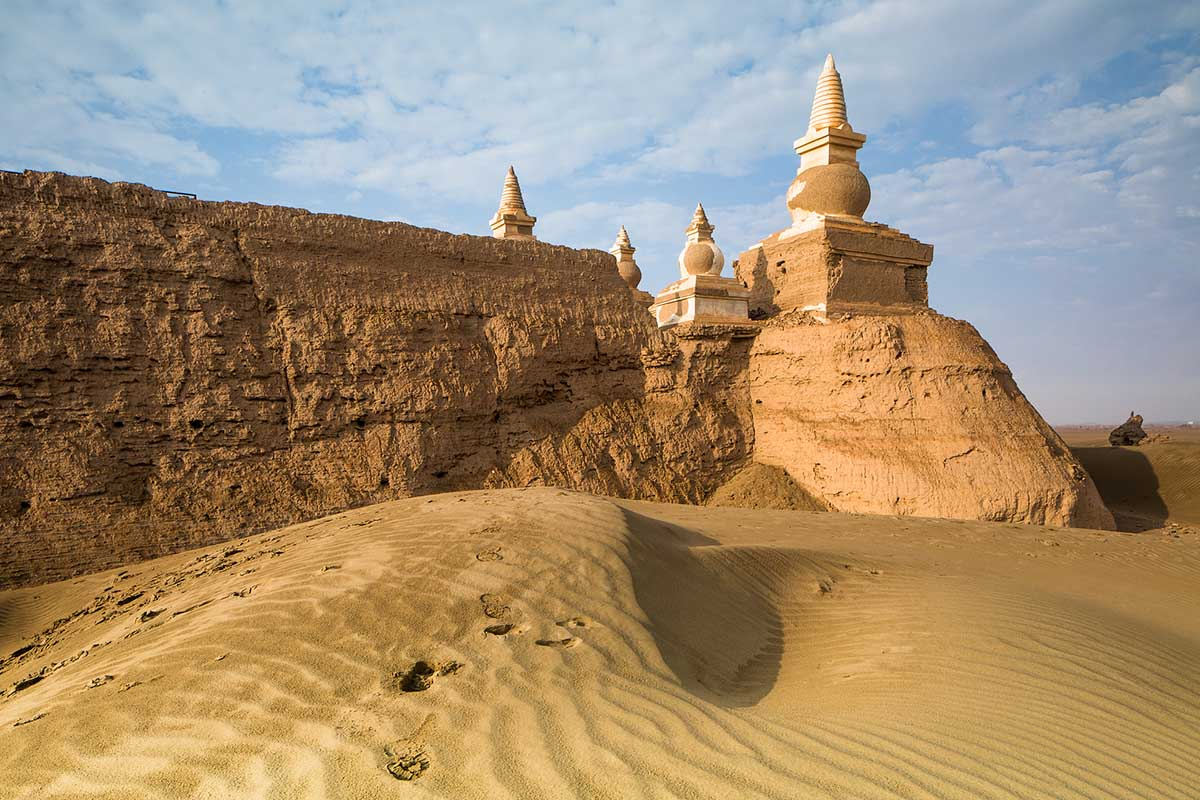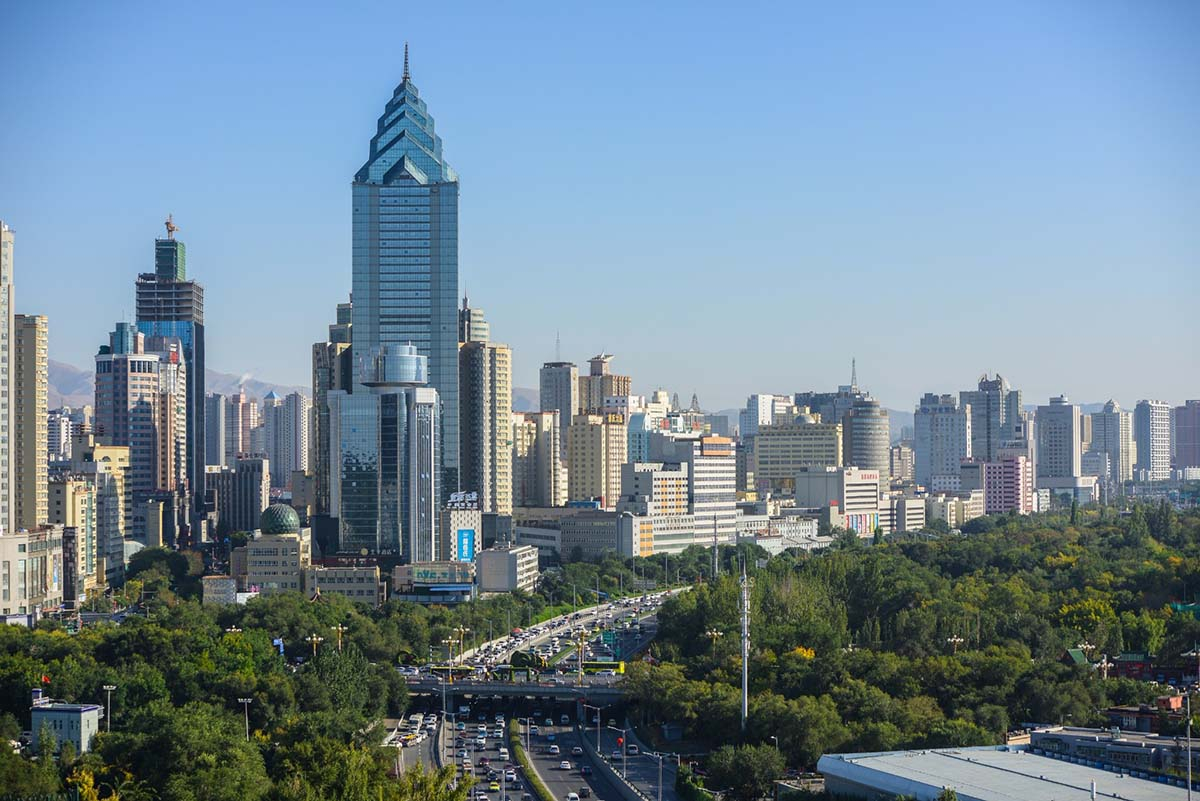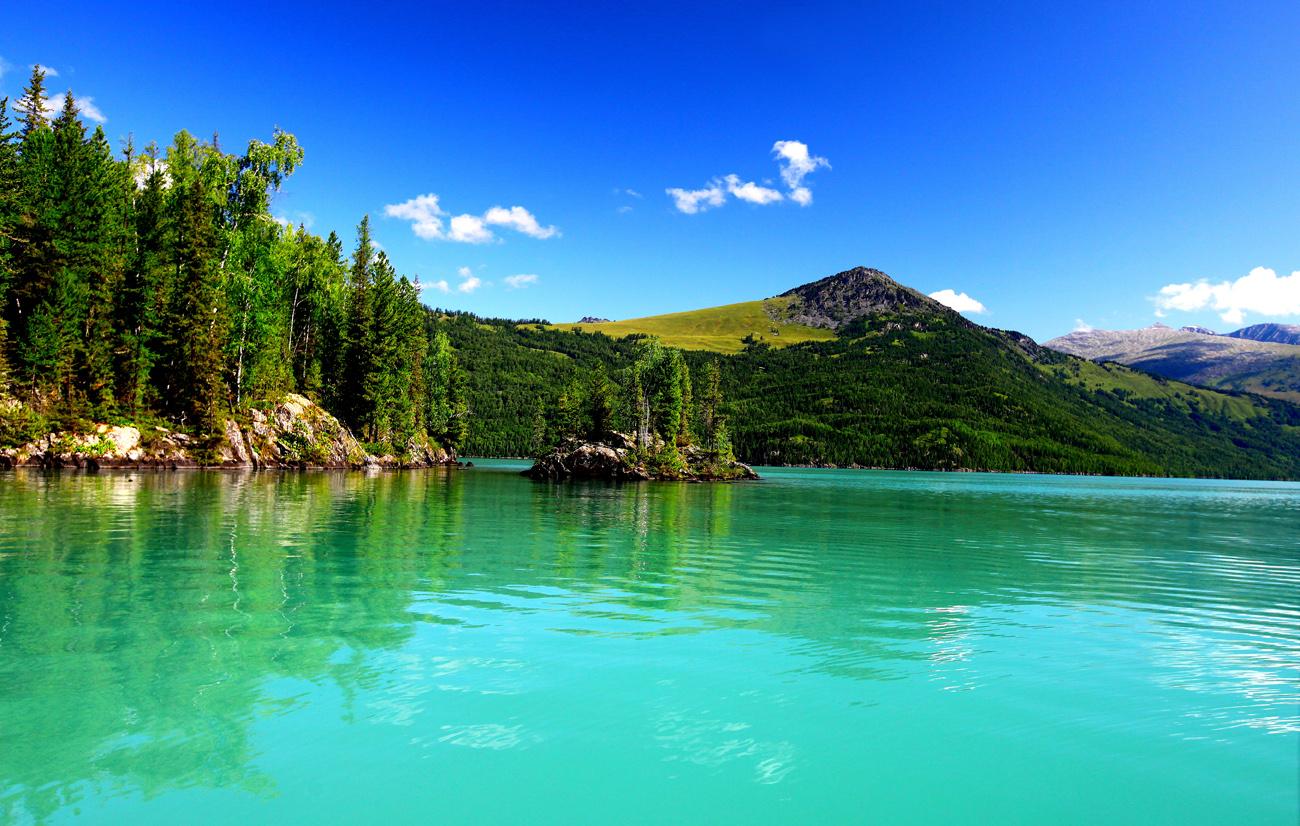Bole Travel Guide
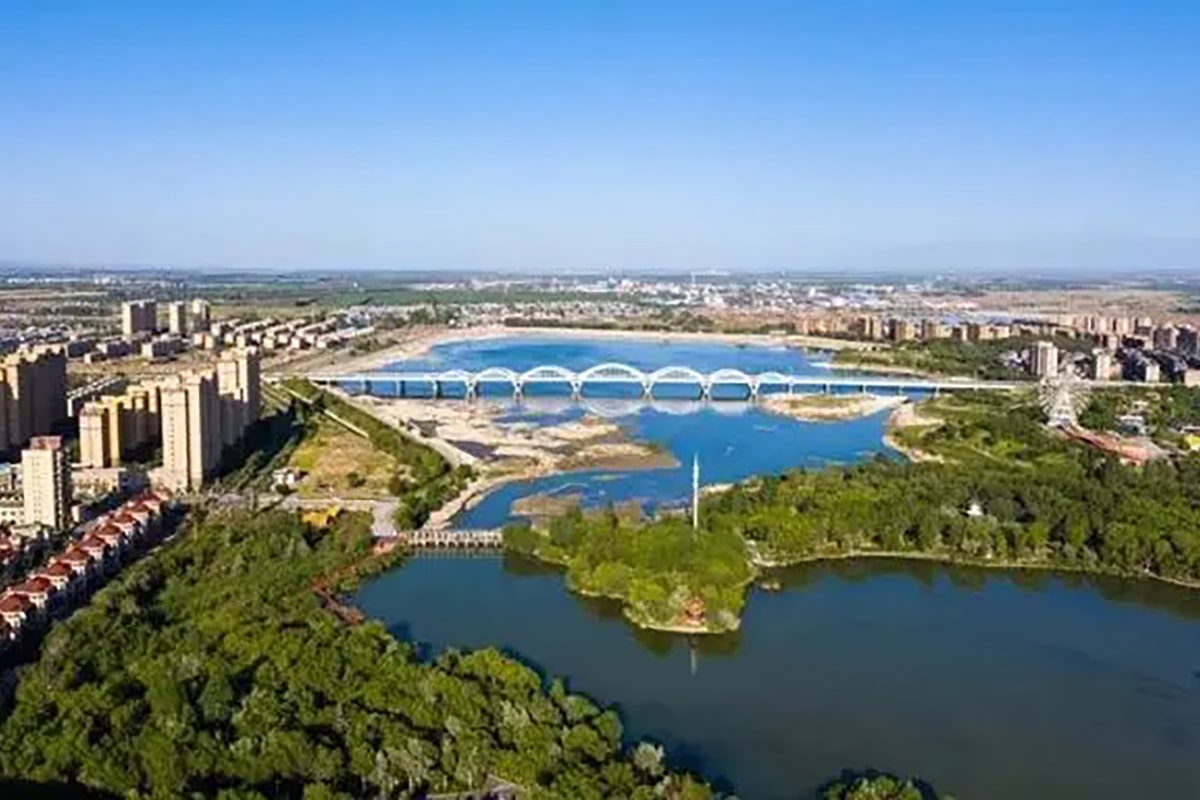
Bole City is located in the northwest of Xinjiang Uygur Autonomous Region, China. It is a county level city under the jurisdiction of Bortala Mongolian Autonomous Prefecture of Xinjiang Uygur Autonomous Region, capital of Bortala Mongolian Autonomous Prefecture and political, economic and cultural center of the prefecture.
It shares a border with Kazakhstan with a length of 95 kilometers and is 524 kilometers away from Urumqi, the capital of the Autonomous Region. It is an important open border city in western China and the western bridgehead of the second Eurasian Land Bridge. Alashankou Port is a state level border economic cooperation zone and import and export trade processing zone in industries, commerce and trade, tourism, real estate development and other industries. The administrative area of the city is 7,500 square kilometers, with a total population of 260,300 people including 137,200 rural people and 123,100 urban people. Bole is a multi-ethnic gathering area with 35 ethnic groups including Mongolian, Han, Uyghur, Kazak and Hui. In the long process of historical development, culture, art and customs with distinct regional characteristics have been formed.
Bole City’s name is from Bortala River. Bortala means "green grassland" in Mongolian. As early as 658 AD, the central government of the Tang Dynasty set up the Shuanghe Governor Palace in Bole, which maintained close ties with the Central Plains and was one of the key towns along the Northern Silk Road to Central Asia and Europe. Bole has a long history, the earliest record is the "Boruo City" (in the southwest of today's Bole) built by the West Liao Dynasty in the 12th century.
● What to do & where to go in Bole
Dalet Ancient City is located at the north edge of the Pochengzi Village, 37 kilometers southeast of Bole city. The eastern ruins are along the river bank, about 1,000 meters long and 300 meters wide. This part of the ruins has basically become a modern residential area. There are only three houses to the south. The north side of the site is the burial area. In May 1987, when the local residents built their houses, they dug out more than 10 human skulls and dozens of gold coins. The ruins on the west bank of the riverbed, the western half of the river surrounded by water on three sides, the city wall stands and the neighbors are located on the riverbank highland. A large number of sand - mixed red pottery pieces are scattered on the surface and the pottery pieces are mainly composed of large urns. According to the unearthed cultural relics, inscriptions on cultural relics and coin data, experts preliminarily believe that the east and west of the ancient city belong to two different historical periods.
Ebinur Lake Wetland National Nature Reserve covers an area of 2,670.8 square kilometers. Ebinur means "toward the sun" in Mongolian. Because it is a salt lake, people also called it the Salt Lake.
Sayram Lake, known as the "Clear Sea" in ancient times, is located in the North Tianshan Mountains in Bole City. It is close to Huocheng County, Ili Prefecture. It is a mountain Lake with beautiful scenery. The lake is 2071.9 meters above sea level, 30 kilometers long from east to west and 25 kilometers wide from north to south. It covers an area of 453 square kilometers with an average depth of 46.4 meters and a maximum depth of 106 meters. The water storage capacity is 21 billion cubic meters. Best time to visit: Sayram Lake is at its best from late May to mid-June when the snow on the top of the mountain has not completely melted and streams flow through the grassland.
Western Cultural Square is one of the tourist attractions with rich national cultural deposits in Bole city. The square is located in the center of Bole City. It is a comprehensive public place integrating leisure, culture and office.
● What to eat in Bole
Bole red grape, bacon (beef, horse, mutton), horse meat sausage, watermelon seeds, Youtazi steamed bread, hand-served mutton, hand-served rice, saute spicy chicken
● Transportation
Railway: Bole City is an hour and a half away to Alashankou City and 6 hours away from Urumqi, the capital city of Xinjiang.
Highway: Bole City is about 4 hours to Urumqi.
Airport: Bole Alashankou Airport is 18 kilometers from Bole City in the west, 57 kilometers from Alashankou Port in the north and 30 kilometers from the China-Kazakhstan border. It has flights to/from the six cities within the region such as Aksu, Altay, Urumqi, Korla, Kashgar and Karamay.
● Climate
Bole City is a continental arid semi-desert and desert climate. Temperature in Spring is changeable. High temperature in summer accompanied by hot and dry wind. Autumn is cool and winter is long and cold. The average annual temperature is 5.6℃ and the average annual precipitation of 181 mm.
- HOTEST
- RECOMMEND
